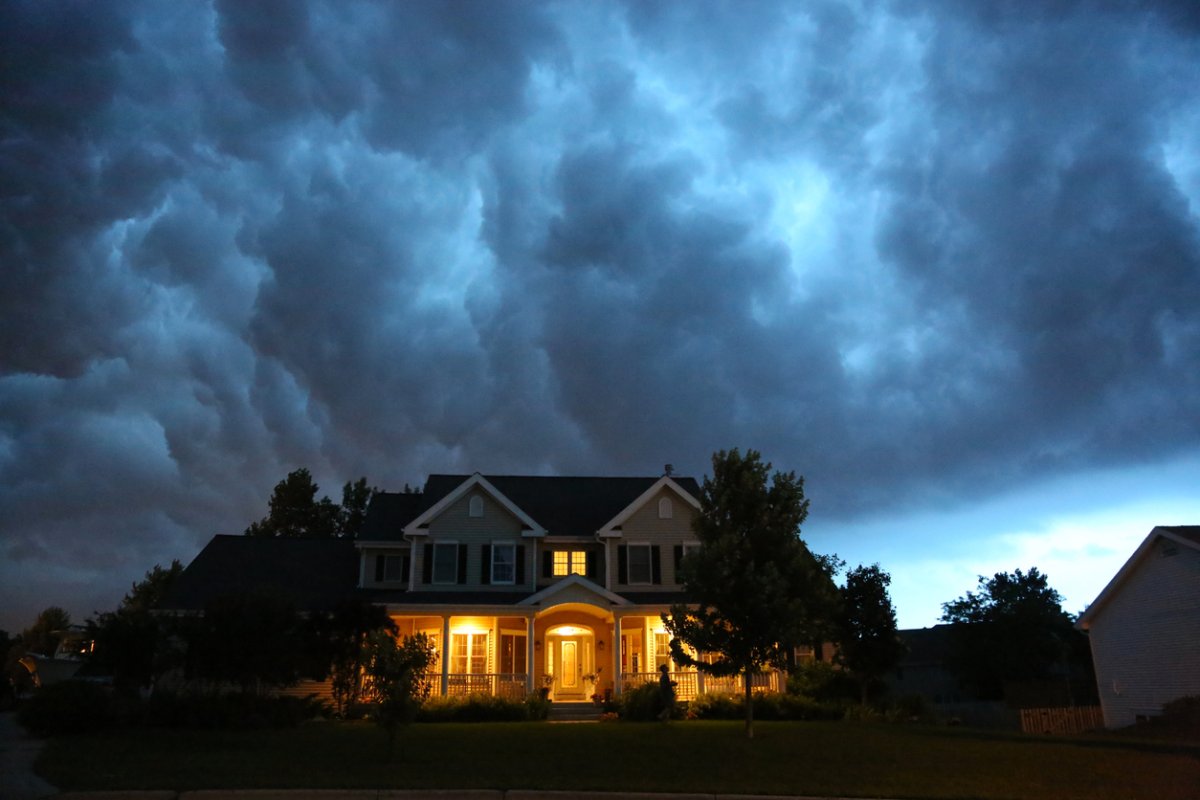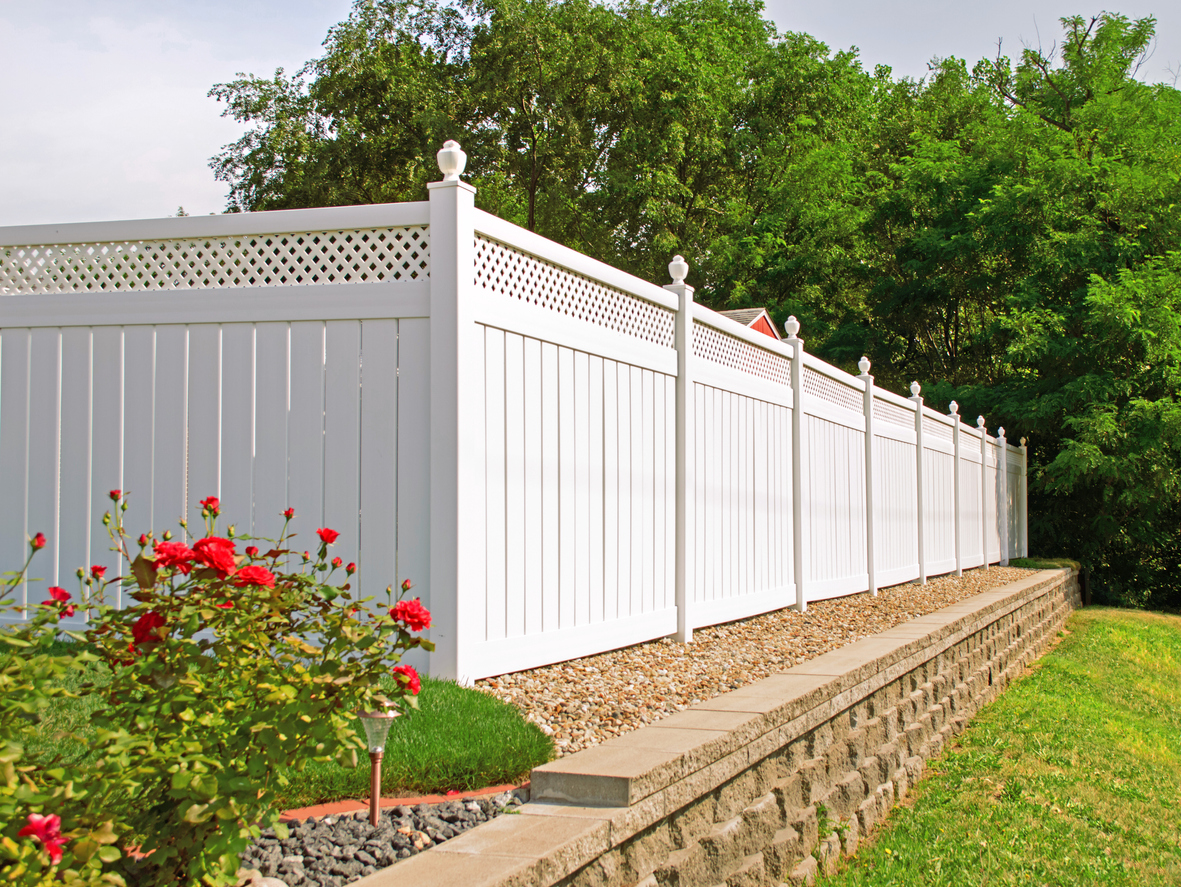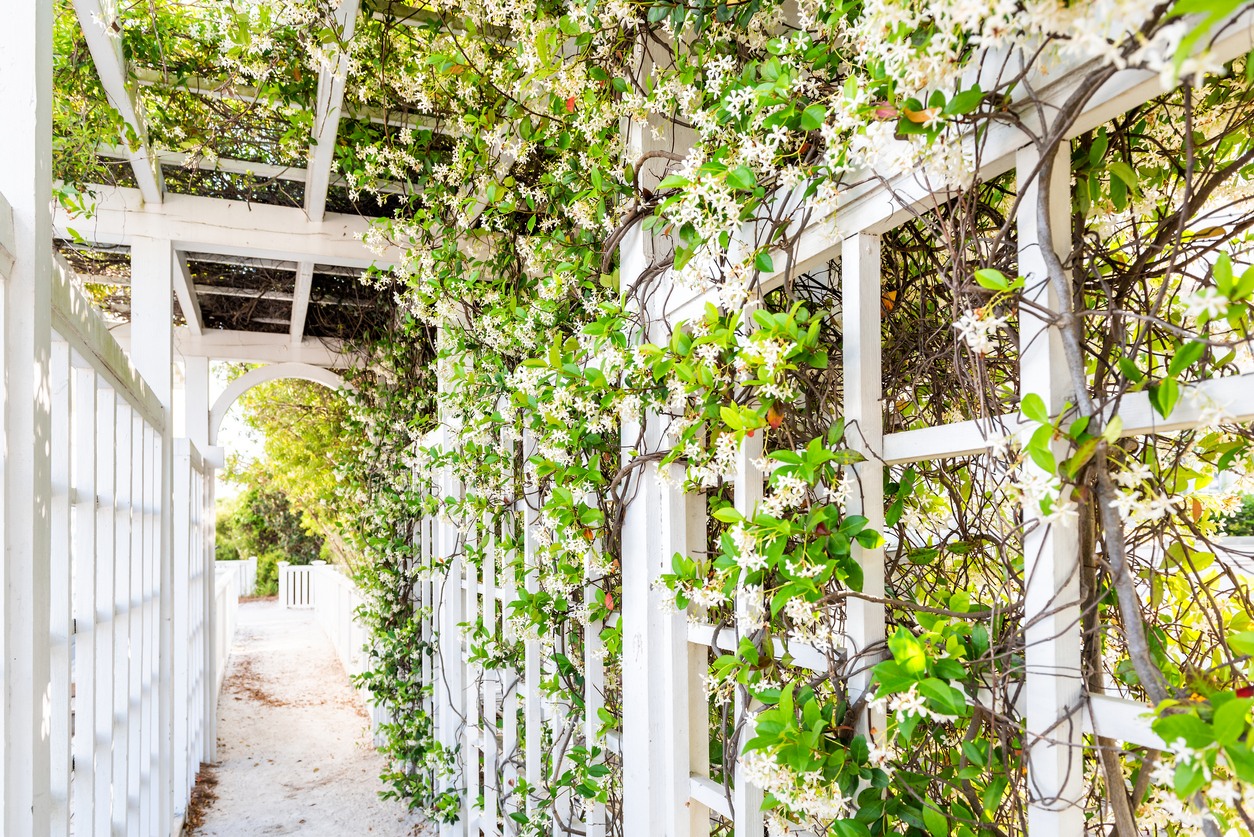

We may earn revenue from the products available on this page and participate in affiliate programs. Learn More ›
Less Wind, Less Energy
Windbreaks protect a home from wind and provide shade, both of which can help conserve energy. Wind might not seem like an energy zapper. However, according to the U.S. Department of Energy, wind chill, the temperature it feels like outside when it’s windy (versus the actual temperature), makes it feel colder. The wind evaporates moisture from the skin, pulling heat away from the body.
Stopping or even slowing wind prevents energy loss from the human body. Windbreaks also reduce heat loss from a home because warmer people with warmer homes use less energy to heat their houses. Take a look at a few attractive ways to create a windbreak around your home.
Tall Hedges

Hedges and bushes create attractive, natural windbreaks. Like trees, choose varieties with crowns that are lower to the ground. Stopping the wind near the ground offers more protection for people than halting it higher in the air. A mix of shrubs and bushes can create a multi-layered windbreak for extra protection. When choosing the plants, consider the maintenance needed to keep them looking attractive. Some hedges require regular trimming, while others are nearly maintenance-free.
RELATED: The 15 Best Trees and Shrubs to Grow for Backyard Privacy
Privacy Screen
Some plots might not have space to plant trees 12 to 30 feet away from the house. In these cases, privacy screens can create a windbreak, plus block the sun and views of the home. Privacy screens often are installed near patios and porches to protect entrances and gathering spaces.
Fencing

A solid fence cuts down on the wind and prying eyes. Installing a fence can get expensive, however. If the wind often comes from one or two directions, it can make sense to erect a windbreak fence only on those sides of the house. Of course, a fence that surrounds the entire yard can act as a windbreak, privacy screen, and extra home security.
A Line of Trees
The right kinds of trees create efficient windbreaks, since trees (and other types of windbreaks) can reduce the wind speed up to a distance of 30 times the windbreak’s height. The Department of Energy recommends planting trees a distance from the home measuring at least two to five times the mature height of the trees. It’s important and more efficient to block the wind close to the ground, so look for trees with low crowns like dense evergreens and combine trees with another windbreak like a fence or bushes. If you enjoy some passive solar heat from winter sun, plant trees that drop their leaves in fall closer to the home, especially on the south side.
RELATED: 7 Types of Pine Trees That are Great for Home Landscapes
Trellises

Trellis panels provide an aesthetically pleasing way to slow the wind. These panels combine the structure of a fence with the natural look of plants. Once the trellis is in place, add climbing plants like morning glory, Nasturtium, or black-eyed Susan to fill the trellis. A trellis windbreak isn’t an instantaneous solution, but it creates a beautiful way to slow the wind and add privacy at the same time.
